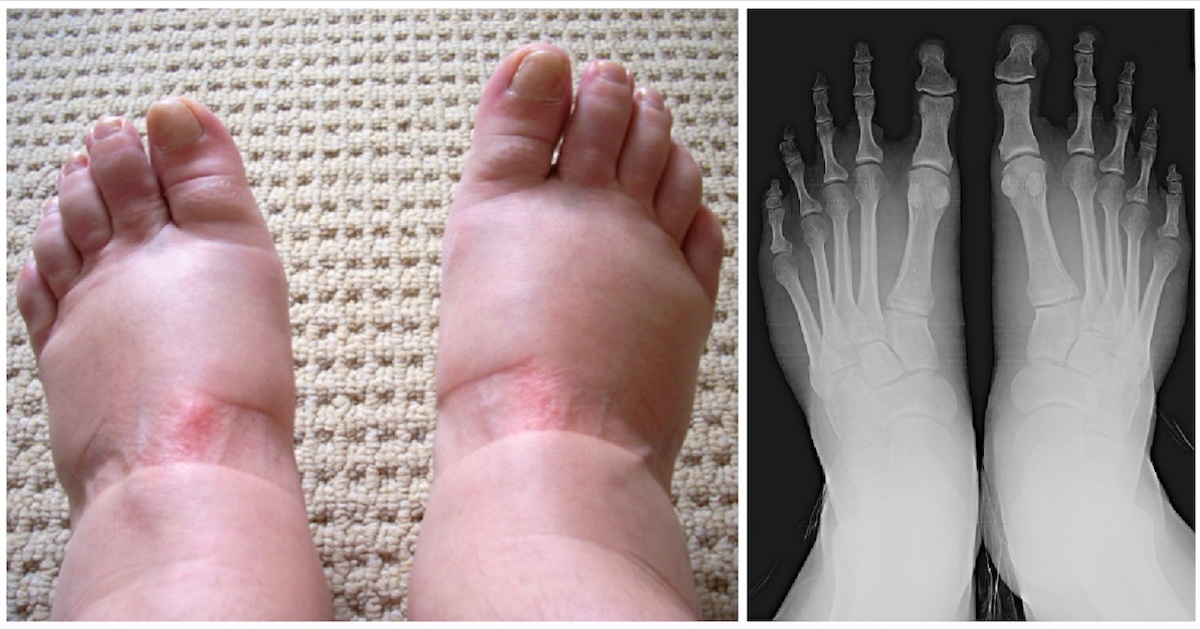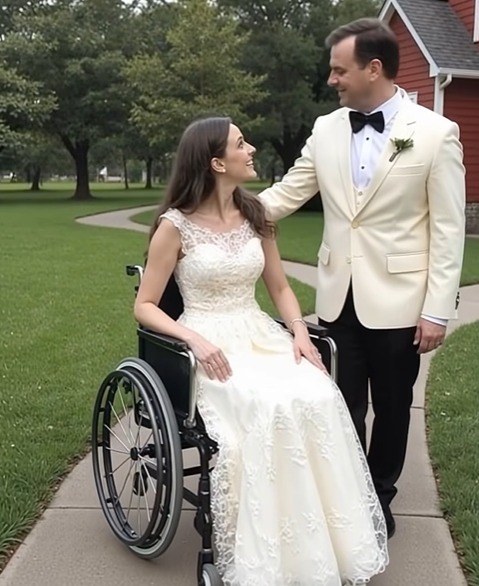Our bodies have a unique way of communicating with us, and sometimes, the message comes in the form of swollen feet and hands. While it’s often a harmless sign that you need to put your feet up after a long day or cut back on sodium, it can also be a nudge to pay closer attention to your overall health. Learning to interpret this signal can help you take better care of yourself.
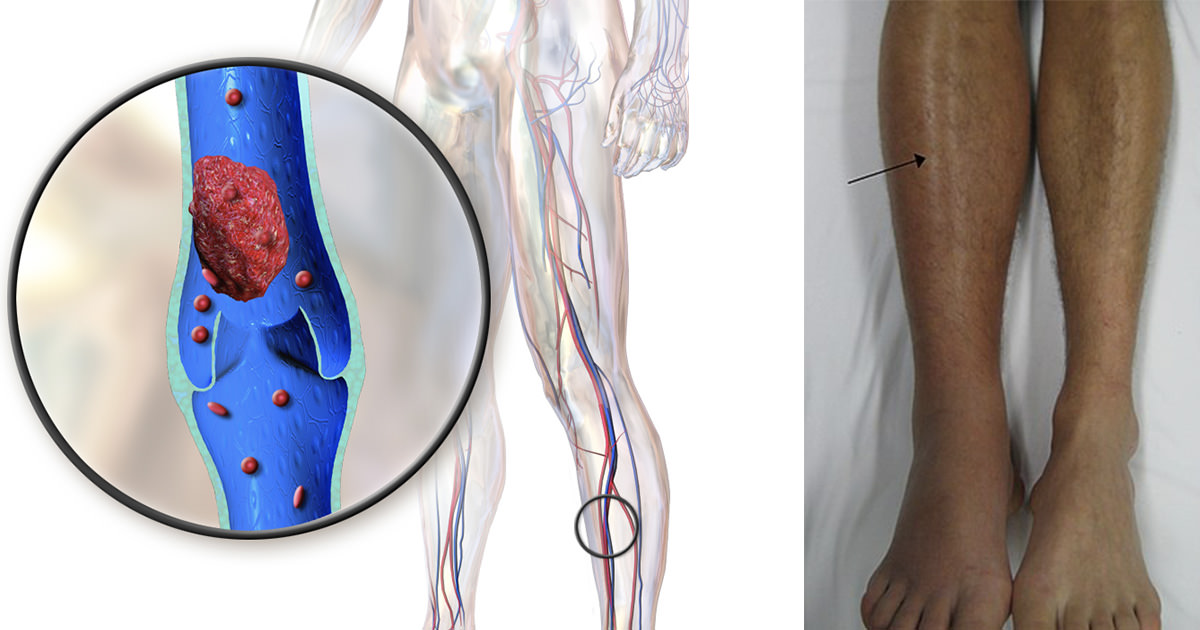
Think of your circulatory system as a complex network of highways. Sometimes, a traffic jam occurs, like a blood clot known as Deep Vein Thrombosis (DVT). If one leg swells up more than the other and feels heavy or painful, it could be a sign of such a clot, and it’s a clear signal to seek medical help immediately. Similarly, if your heart isn’t pumping as efficiently as it should, fluid can build up, leading to swelling in your lower legs—a common symptom of heart failure that should not be ignored.
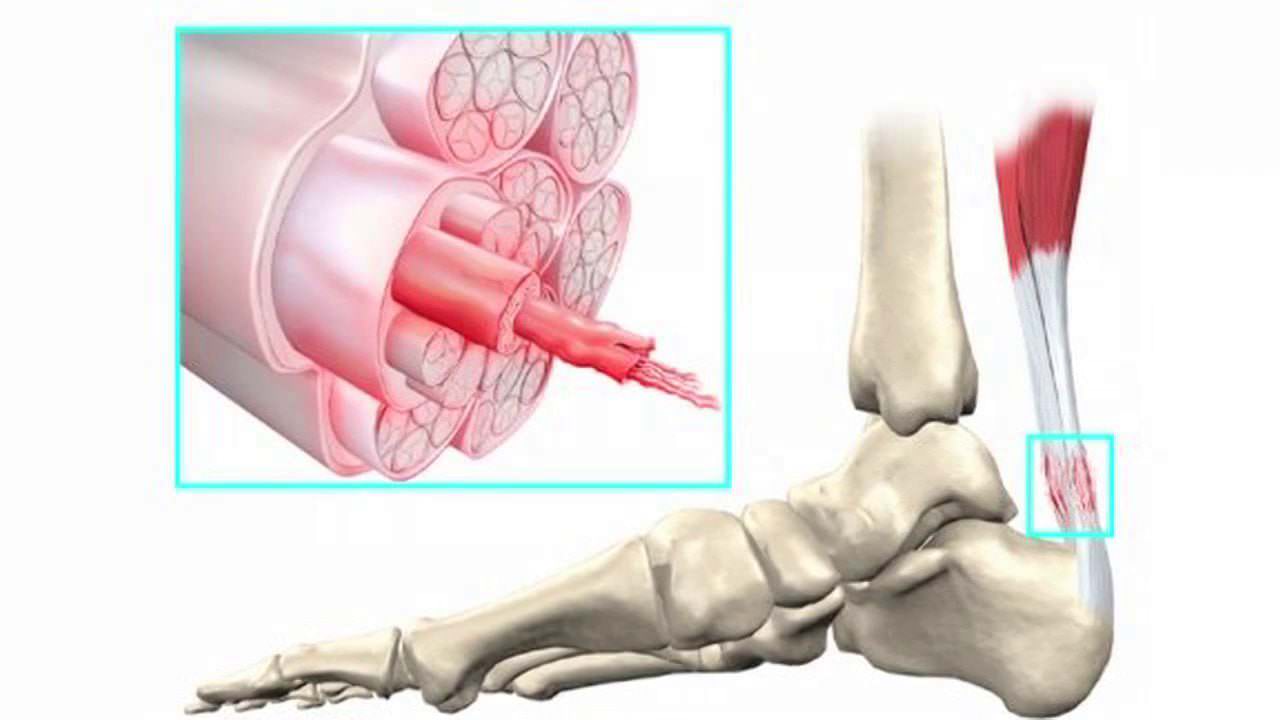
Sometimes, the swelling is related to inflammation. If your joints in your hands or feet are consistently swollen, stiff, and achy, it could point to arthritis. Rheumatoid arthritis often affects both sides of the body simultaneously, while gout famously causes a sudden, excruciatingly painful and swollen big toe. Even a simple overuse injury, like Achilles tendonitis from a new workout routine, can leave your ankles puffy and sore.
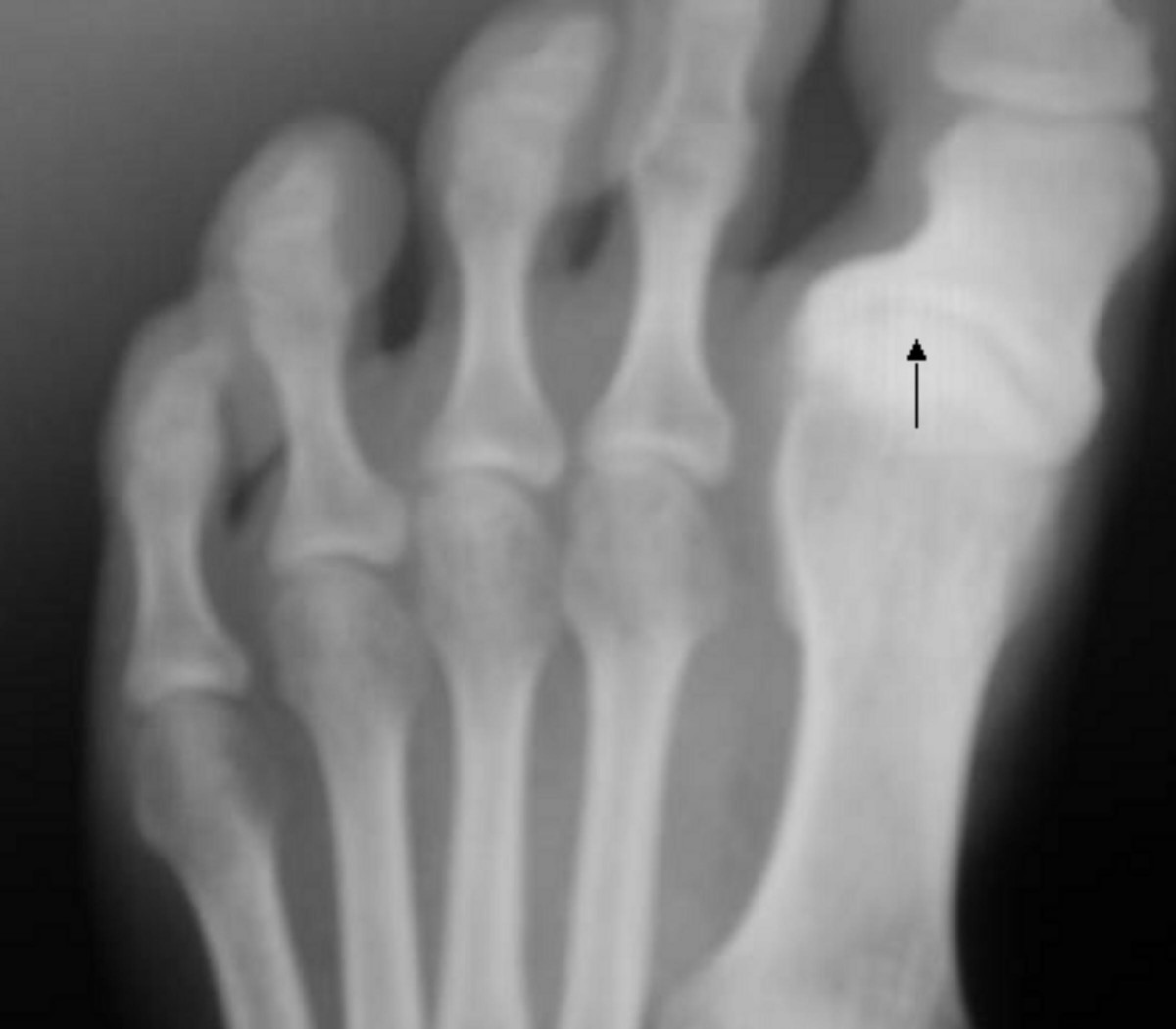
Don’t overlook the possibility of an infection. Cellulitis makes the skin red, warm, and swollen, and it needs prompt treatment. Furthermore, a compromised lymphatic system can lead to lymphedema, causing persistent swelling in an arm or leg. The key is to notice the context. Is the swelling new? Is it only on one side? Is it accompanied by pain, redness, or shortness of breath? These are the details that can help you and your doctor determine the next steps. By listening to these bodily cues, you can move from simply treating a symptom to addressing its root cause.

